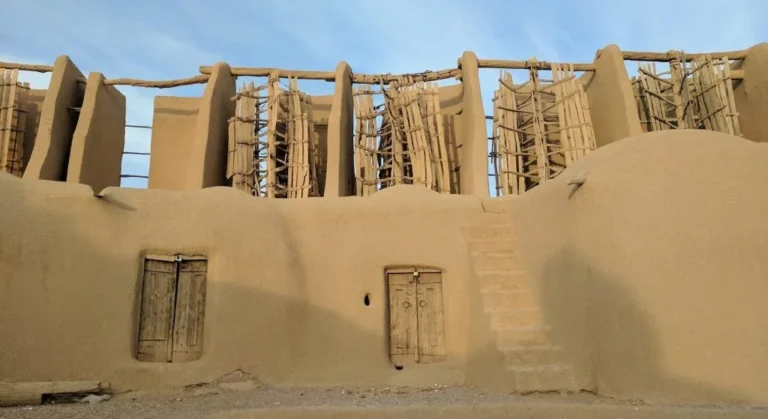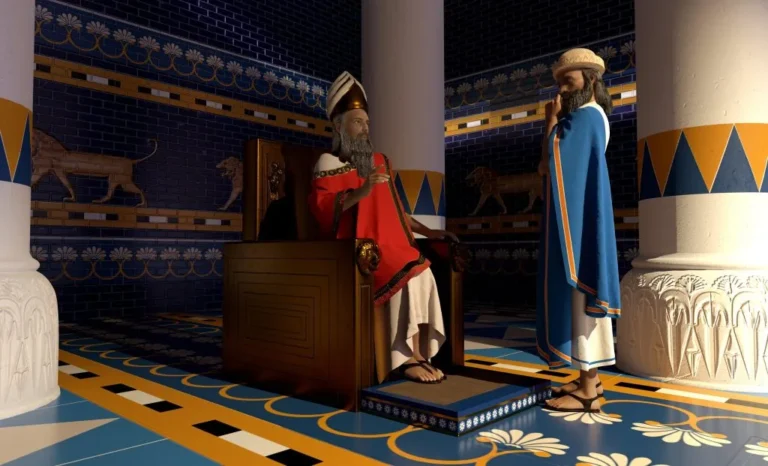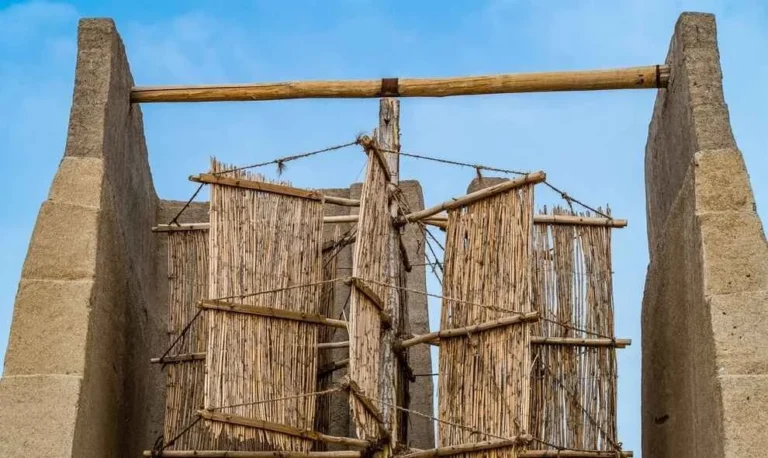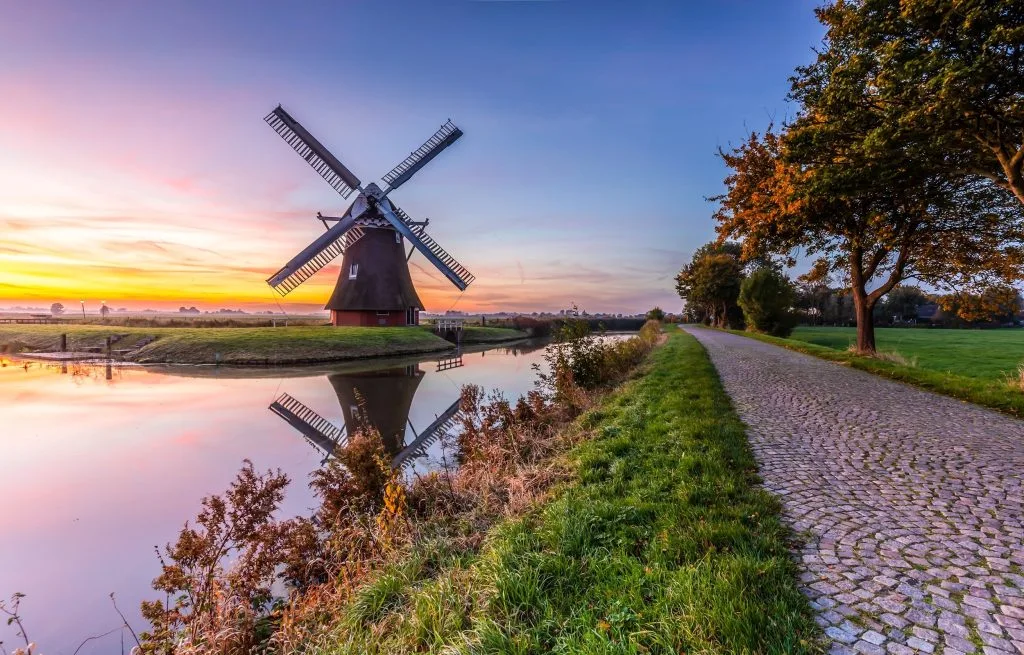The Encounter Between Wind Power and Humanity
The history of windmills is rooted deep in human history and is an intriguing story that evolved across different geographies. In this article, we will explore the past of windmills, examining how this unique technology emerged, evolved, and impacted the world.
Antiquity First Uses of Wind Power
The idea of using wind power started in antiquity, long before the advent of windmills. Around 200 BC, the Pharaohs used sails to navigate the Nile River. Although they had no knowledge of the aerodynamic properties of these sails, they were effectively harnessing the power of the wind.
But looking deeper into the history of windmills, we have some clues from technical drawings and other sources that show how people tried to use wind power for their needs before recorded history.
History Times of Windmills
The history and technological development of windmills can be divided into two important time periods:
- Ancient History (200 BC - 1100 AD): During this period, the idea of harnessing the power of the wind emerged, but technological development did not fully materialize.
- Middle Ages (1100 AD - 1800 AD): In the Middle Ages, windmills became widespread in Europe and North America.
Let us now examine these two periods in more detail.
The first wind-powered device: The Discovery of Heron
The first wind-powered device was designed by the Greek engineer Heron of Alexandria. In the 1st century AD, he developed a wind-driven wheel to wind-power his musical instrument. This is the first recorded history of wind-powered devices.
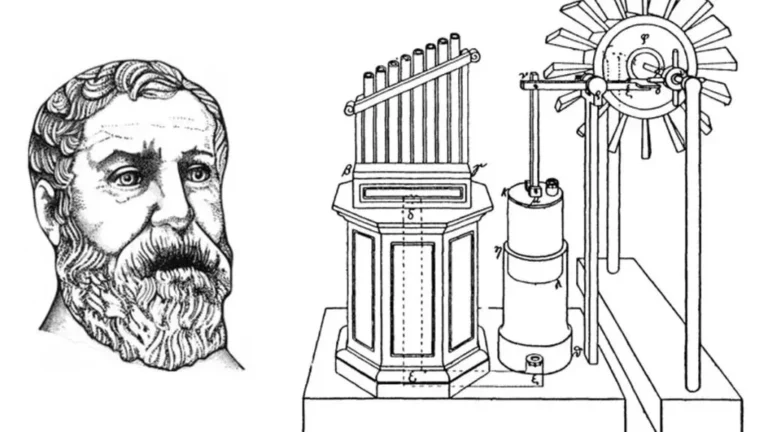
The Islamic World and Windmills
In the Islamic world, windmills have their origins in Persia. These regions were pioneers in building windmills for grinding grain and drawing water. These mills had blades that rotated on a vertical axis and were powered by the direct action of the wind. They were mechanically simple in design and built using common materials such as wood.
Sailing Windmills: The Role of Aerodynamics
Sailing windmills featured sails with an airfoil structure that generated lift as wind passed over them. Therefore, sailing windmills were machines operating on the principle of lift and came in various types, both on horizontal and vertical axes.
Aerodynamics played an influential role in the design of sailing windmills, but people at this time did not know about aerodynamics and naturally applied the principles.
Used for a long time in the Islamic world, these windmills returned to Europe as knowledge during the Crusades. This ushered in a period when the technological development of windmills progressed rapidly and wind energy began to develop all over Europe.
Conclusion
The history of windmills reflects how humanity has harnessed the power of nature to meet its energy needs. This journey, extending from antiquity to the Middle Ages, has been shaped by technological advancements and cultural shifts. Understanding the history of wind energy can help us better grasp contemporary energy production technologies, such as modern wind turbines. For detailed information about the historic windmills in Anatolia, you can read our articles Anatolia’s Historic Windmills-1 and Anatolia’s Historic Windmills-2.
Frequently Asked Questions
Wind energy began to be used in ancient times. Around 200 BC, the Pharaohs used sails to navigate the Nile River.
Wind mills were widely used in the Islamic world, especially for grinding grain and drawing water. These mills were powered by blades that rotated on a vertical axis and were driven by the direct action of the wind.
Sailing windmills featured sails with a structure that created lift when the wind passed over it. These sails played an important role in the aerodynamic design of wind-powered machines.
Source: windmillstech

